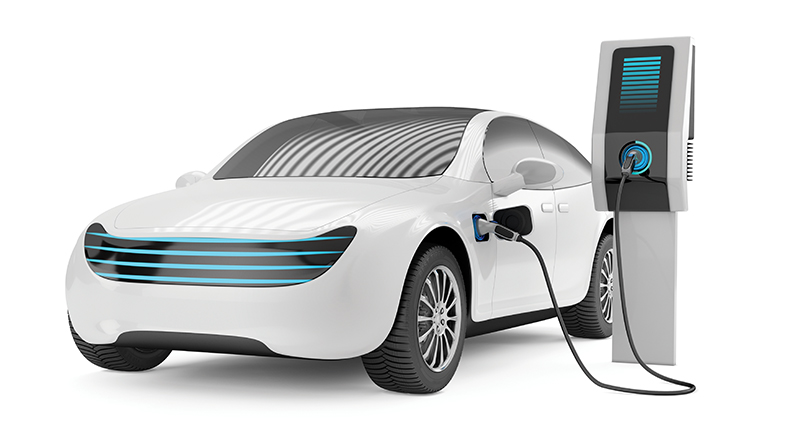Physicists who made quite a mark
-
- from Shaastra :: vol 01 issue 04 :: Jul - Aug 2022

Other than mathematics, theoretical physics is the one area where Indians have made their presence felt on the world stage.
In no other scientific activity — barring mathematics — have Indians made their presence felt on the world stage as in physics, especially of the theoretical variety. Theory has always been considered a lofty discipline in India, often drawing the best minds towards mathematics, theoretical physics and now computer science. When modern science and mathematics came to India, Indians took to theoretical disciplines like fish to water, making fundamental contributions to their fields. Although all research required funding, it was easier to do theoretical physics and mathematics in a poor country than experimental disciplines.
However, physics in India advanced not just because theory required less money. Circumstances and aptitude played a role, too. India has been at the cutting edge of astronomy, which can be considered a part of physics. Indians were major participants in international programmes such as the Large Hadron Collider, ITER (International Thermonuclear Experimental Reactor), Laser Interferometer Gravitational-Wave Observatory, and some key telescopes. Apart from astronomy, India has only made small investments in experimental physics, but these investments have created pockets of excellence.
Therefore, it is hard to pick just ten physicists who have made important contributions to their discipline or the country in the past 75 years. At least twice that number would be necessary, especially considering all the top theoretical physicists from the country, but we kept the list to ten due to space constraints. However, we should mention a few additional names here: Deepak Dhar, who had made such important contributions to statistical mechanics that he was awarded the Boltzmann Medal, the highest recognition in the field; S. Chandrasekhar, who made important discoveries in liquid crystals; Sriram Ramaswamy, a leading researcher in active matter, systems that use energy to drive large-scale behaviour (like that of flocks of birds); T. Padmanabhan, a gravitational theorist who has made fundamental contributions to modelling of dark matter; and Rohini Godbole, a particle physicist who has driven international collaborations and raised the visibility of the particle physics community in India.
As with other disciplines, physics in India has been promising much for a long time. However, again as in other areas, meagre investments have shackled the community, except in some niche fields.
S. PANCHARATNAM
C.V. Raman saw his nephew S. Pancharatnam as a potential Nobel Prize winner. Pancharatnam had gone to the Raman Research Institute to meet his brother Chandrasekhar, who was Raman's PhD student. The uncle was impressed by the 19-year-old boy's grasp over physics. He offered to take Pancharatnam, who had completed his MSc physics from Nagpur University, as a research student. Pancharatnam finished his PhD, taught at Mysore University, and then went to St Catherine's College in Oxford. He died in 1969, aged 35.
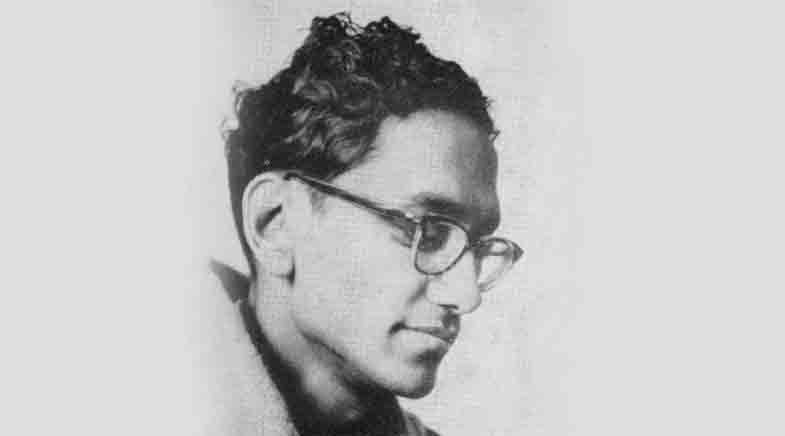
His biggest contribution was the so-called Pancharatnam phase (or Pancharatnam-Berry phase). This represents a phase difference that two light beams, in different states of polarisation, accumulate when they traversed a closed loop of polarisation change. While this remained in the domain of crystal optics, it acquired significance after British mathematical physicist Michael Berry independently rediscovered this property in the 1980s in the context of quantum mechanics and made it part of the toolkit of theoretical physics.
GOVIND SWARUP
If Vainu Bappu was a pioneer in optical astronomy in India, Swarup led in radio astronomy. Subsequent events have taken Swarup's achievements to even greater heights, because India has now become a global player in radio astronomy while not so for optical astronomy. Swarup had conceived of the Ooty telescope one fine morning in 1963, after a long mental struggle to shape projects that could be executed with existing equipment. When completed after ten years, it was four times bigger than the biggest radio telescope in the world. More than 50 years after construction, it still remains the largest single-frequency telescope in the world.
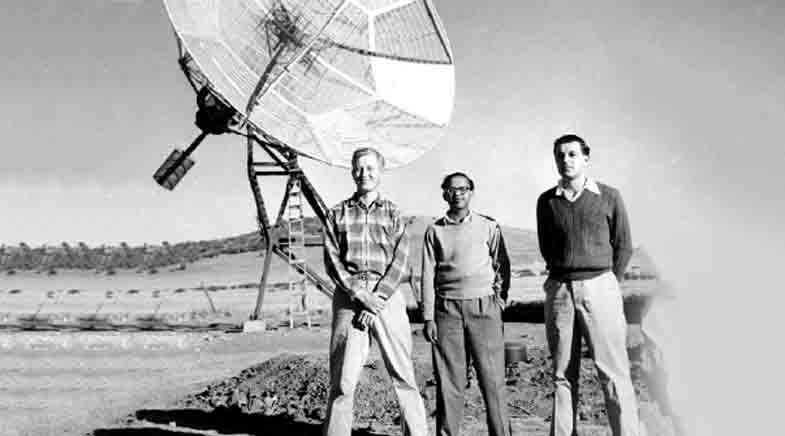
A decade after the telescope became operational, Swarup conceived of an even bigger telescope, but with several dishes spread over a large area. It was finally constructed about 60 km from Pune, and is considered the pre-eminent low-frequency telescope in the world. Along with the telescope, Swarup trained young students and developed a large radio astronomy community in the country. He also played a part in conceiving the Square Kilometre Array (SKA), a global collaborative project coming up in Australia and South Africa. India is a major partner in SKA, which is expected to extend the range of the observable universe significantly.
A.K. RAYCHAUDHURI
A.K. Raychaudhuri's work is yet another example of how fundamental contributions to science often go unrecognised in India. He had submitted a paper with an equation that bears his name to Physical Review, which took two years to be published. Even after its publication, few knew his name in India; it took a while even for him to comprehend the respect that he commanded in the West. His chosen area, general relativity, was then not so fashionable. Few in India thought about the problems that he grappled with.
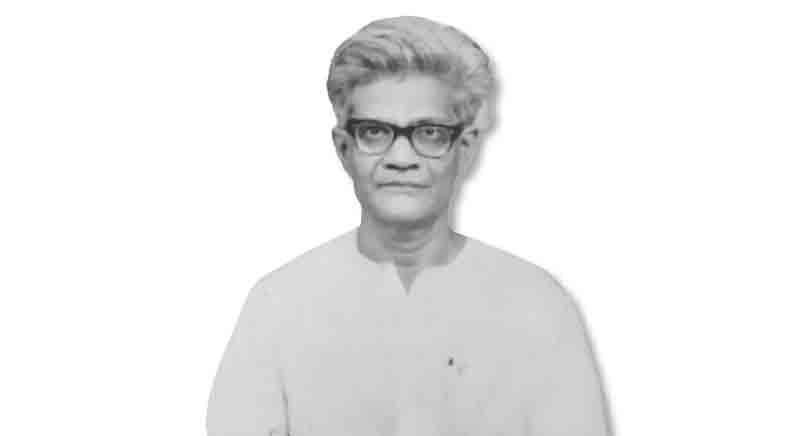
When he published the paper, Raychaudhuri was yet to submit his doctoral dissertation and was working as a research assistant at the Indian Association for the Cultivation of Science in Calcutta. A decade later in the U.K., the equation was used by Stephen Hawking and Roger Penrose to describe black holes. In fact, Penrose won the Nobel Prize in 2020 for the discovery that black hole formation was a consequence of Einstein's General Theory of Relativity, and he had built on the Raychaudhuri equation. Raychaudhuri died in 2005. He had been publishing regularly almost till the end. He also guided some students who went on to become top physicists.
ASHOKE SEN
One of the yardsticks to judge scientists is by the quality of their students. A.K. Raychaudhuri was a great scientist, but he also taught Ashoke Sen, currently India's best-known physicist, while Sen was an undergraduate student. Sen has been at the forefront of developing a set of mathematical ideas (collectively called string theory) that seeks to unite two fundamental theories of physics: quantum mechanics and gravity. String theory postulates that what appear to us as fundamental particles are actually the points and loops of tiny, vibrating strings. In one of his path-breaking works relating to string theory, Sen opened the door to the realisation that all string theories were different limits of the same underlying theory. In other words, there was no 'one' string theory but many different classes.
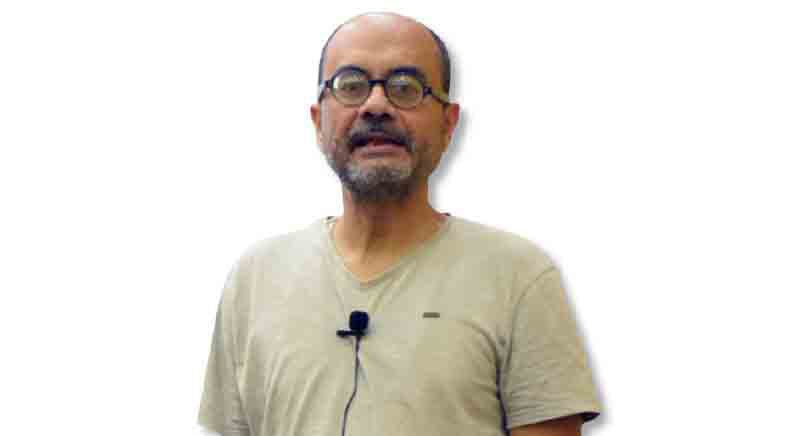
PHOTO: SOURAVDAS1998/WIKICOMMONS
Sen worked mostly at the Harish-Chandra Research Institute in Allahabad. He showed that two major classes of string theory — one describing interactions exerting strong forces and the other relating to interactions governed by weak forces — were equivalent. This landmark work on the strong-weak coupling duality triggered a search for other dualities — equivalences between different string theories. Sen has said that he believes in string theory because of its mathematical consistency and will stop working on it if mathematical inconsistency is proven.
JAYANT NARLIKAR
Contributions of scientists are always hard to assess, but Jayant Narlikar presents a bigger problem. The Steady State Theory, a hypothesis that he framed with Fred Hoyle, and which made him famous, is now a footnote of history. His other major scientific idea, the conformal gravity theory, is alive but not in mainstream astrophysics. However, the spirit of this list is not based on research contributions alone. Narlikar has been a prominent scientist for five decades, and has had a role in shaping science in India beyond his research.
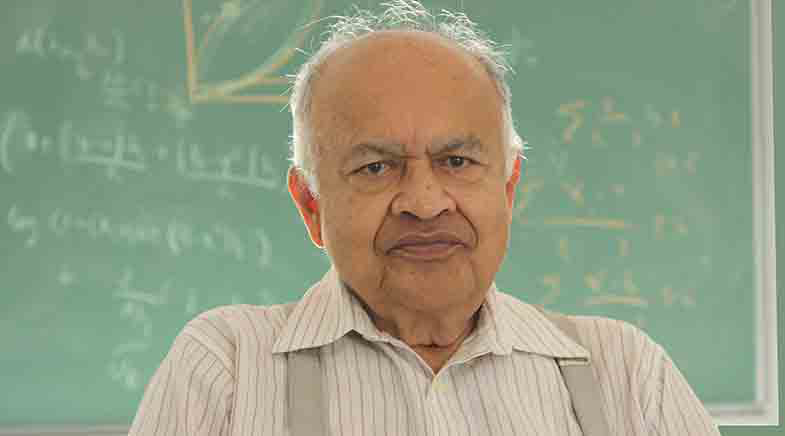
PHOTO: ICTS-TIFR
Like Carl Sagan in the U.S., Narlikar had a singular role in raising the profile of science and scientists among the public in India. Seeing that research institutions were growing separately from Indian universities, he helped set up the Inter-University Centre for Astronomy and Astrophysics inside the Pune University. He also guided talented students, some of whom rose to international prominence as astrophysicists. Narlikar is a celebrity in Maharashtra, his home State, a standing few scientists have achieved elsewhere in India.
VAINU BAPPU
Vainu Bappu had shown promise as an astronomer even when he was an undergraduate student, publishing papers in the journal Current Science. In 1949, while a PhD student in Harvard, Bappu discovered a comet. The discovery irked the Hyderabad government, which had provided his scholarship; he was pulled up for not focusing on his studies. The comet is now named after Bappu, the only Indian to have that distinction, and probably the only scientist to be admonished for making a discovery. Before he returned to India, Bappu worked briefly as a postdoctoral student with U.S. astronomer Olin C. Wilson, who specialised in stellar spectroscopy. They jointly made an important discovery which established a correlation between the width of certain dark lines in stellar spectra and the star's luminosity. This was later named the Wilson-Bappu effect.
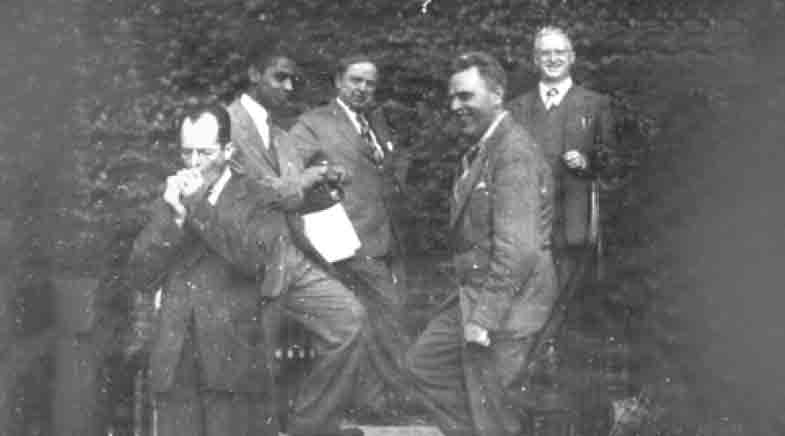
At the time of independence, India had no facilities for modern astronomy. However, the government was making plans to develop astronomy and some observatories were to be modernised. Bappu, who got a job in the Uttar Pradesh observatory, managed to shift it from Lucknow to Nainital. Later, after he chose to head the Kodaikanal solar observatory, he moved it to Kavalur in Tamil Nadu. Both these observatories flourished and serve as important infrastructure for Indian astronomers.
A.P. MITRA
When the U.S. Environment Protection Agency, in a report in the early 1990s, said methane from paddy fields and cattle stock in India was contributing considerably to global warming, its scientists did not expect a riposte from India. At that time, Ashesh Prosad Mitra was at the helm at the Council of Scientific & Industrial Research. Mitra, who made major contributions to India's near-space environment studies, took upon himself the task of verifying this assertion. He got his scientists to prove that Western projections of India's methane emissions were wrong.
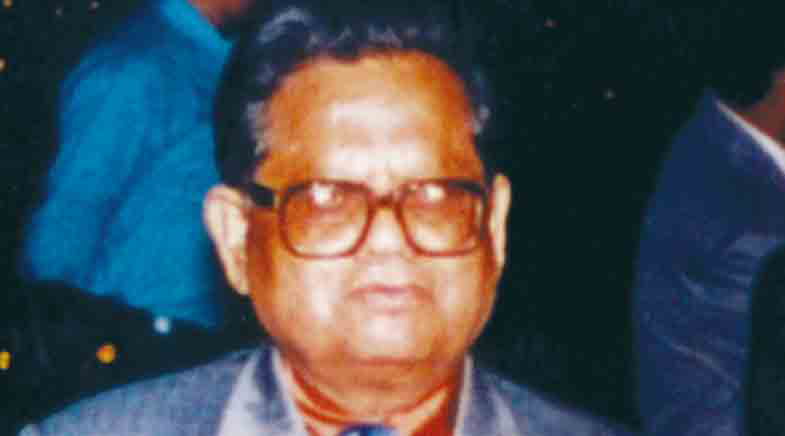
Mitra, who studied in Calcutta under Sisir Kumar Mitra, the doyen of ionospheric research, joined the National Physical Laboratory in 1954, commencing his atmospheric studies that lasted nearly five decades. Apart from ushering in an era of ionospheric chemistry in India, Mitra used cosmic radio noise to study the upper atmosphere, leading to a series of discoveries in ionosphere and solar physics. Mitra, a strong advocate of climate studies-based home-grown science, believed a stable climate would change the world.
AJAY SOOD
About two decades ago, physicist Ajay Sood, working with his then student Shankar Ghosh at his lab at the Indian Institute of Science (IISc), hit upon something simple and yet elegant. When they pumped water through a carbon nanotube — a nanomaterial several thousand times thinner than a strand of human hair — at a relatively slow speed of 2 mm per second, they found it producing a small but potentially useful current. They repeated the experiment with other liquids and even gases and found that a similar voltage difference —hence a current — was created across the ends of the nanotubes.
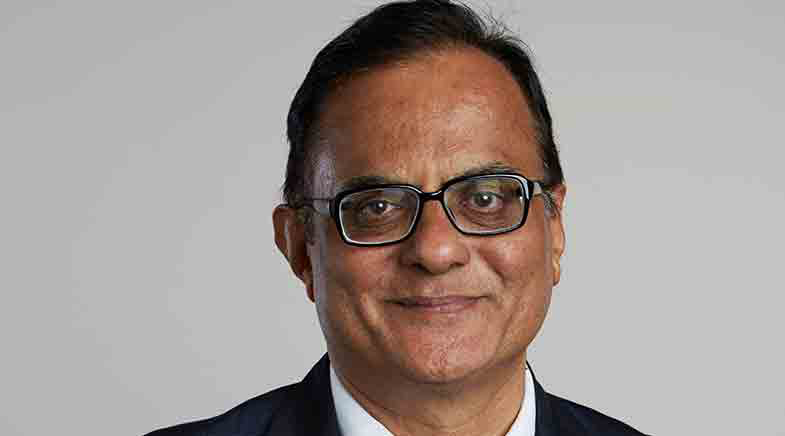
Sood had worked for 15 years at the Indira Gandhi Centre for Atomic Research at Kalpakkam before moving to IISc in 1988. He worked there on a variety of problems in solid state physics and its applications. His discovery on current generation in carbon nanotubes is now called the Sood effect. His group explained the theoretical basis of the Sood effect and also explored its potential to fabricate tiny liquid and gas flow meters that could be used by industry and in healthcare. Sood is now the Principal Scientific Advisor to the Indian government.
VINOD GAUR
Vinod Gaur is known for ingenious thinking and the innovative use of technology in geophysical studies — and as a no-nonsense institution builder who always spoke his mind. Using a cheaper Global Positioning System technique in place of costly equipment, Gaur and his team determined the velocity of the Indian tectonic plate with respect to the Eurasian plate, enabling seismologists to study the strain building up under the northern Himalayan region. He proved that while the southern peninsula remained more or less rigid, the northern parts of the Indian plate were ramming into the Eurasian plate, building up strain.
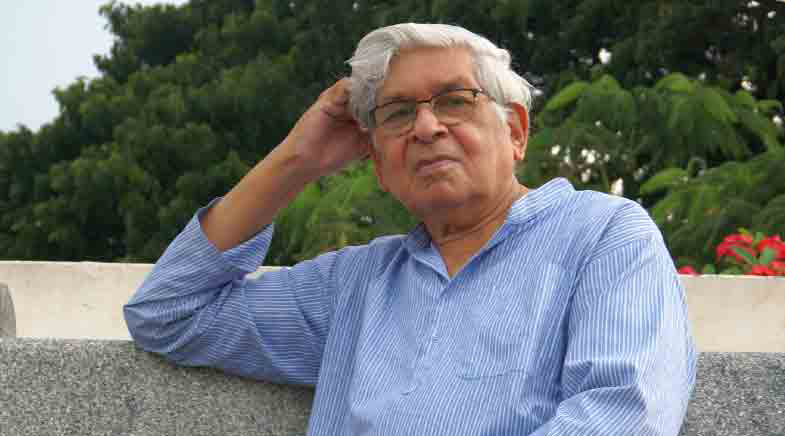
When he was Secretary, Department of Ocean Development, he implemented several programmes, including one aimed at mapping sea surface temperatures from satellite radiance data to find marine fishing grounds. After his retirement, as the head of an expert group, he set up a high-resolution system to measure atmospheric carbon concentrations across different seasons, which was later recognised as a unique station in the world for the study of carbon sources and sinks.
T.V. RAMAKRISHNAN
T.V. Ramakrishnan is the most recognised Indian researcher in the field of theoretical condensed matter physics. His father taught philosophy at Banaras Hindu University, and Ramakrishnan grew up on its campus with a keen interest in Indian languages and culture. A few passionate science teachers drew him to physics in school. Blessed with access to good libraries, he read physics books widely. He studied at BHU for his undergraduate and Master's degrees. He had gone to the U.S. to study nuclear physics, but switched fields and finished a PhD from Columbia University in theoretical solid state physics, leaving for India without a job on the day his thesis defence was over.
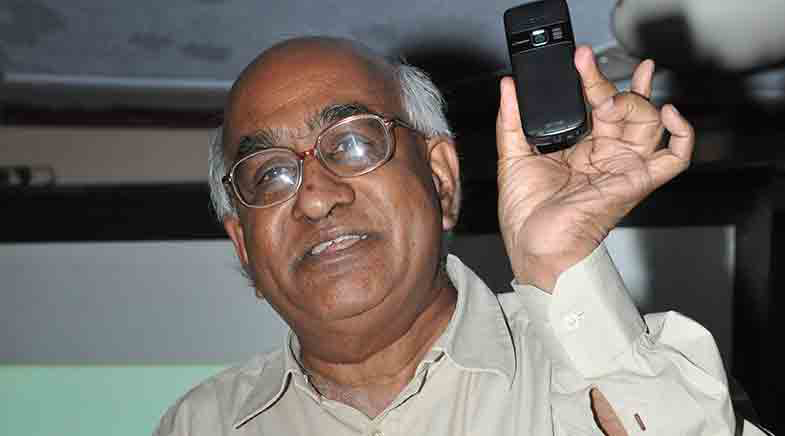
Ramakrishnan's subsequent career paralleled the rise of theoretical condensed matter physics as a vibrant field. In the late 1970s, when he was a faculty at the Indian Institute of Technology Kanpur, Ramakrishnan and M. Yussouff worked out the first detailed theory of how freezing transition happens. He also contributed to the so-called scaling theory of localisation. In a very famous paper that describes this theory, co-authored with three others, including Nobel Laureate P.W. Anderson, Ramakrishnan developed our first understanding of the transition between metals (that conduct electricity well) and insulators (that don't conduct electricity), which arises when materials become increasingly disordered.
See also:
These scientists were also institution builders
When the chemistry was just right
These engineers foresaw the future
They shaped the development of indigenous technology
Have a
story idea?
Tell us.
Do you have a recent research paper or an idea for a science/technology-themed article that you'd like to tell us about?
GET IN TOUCH
